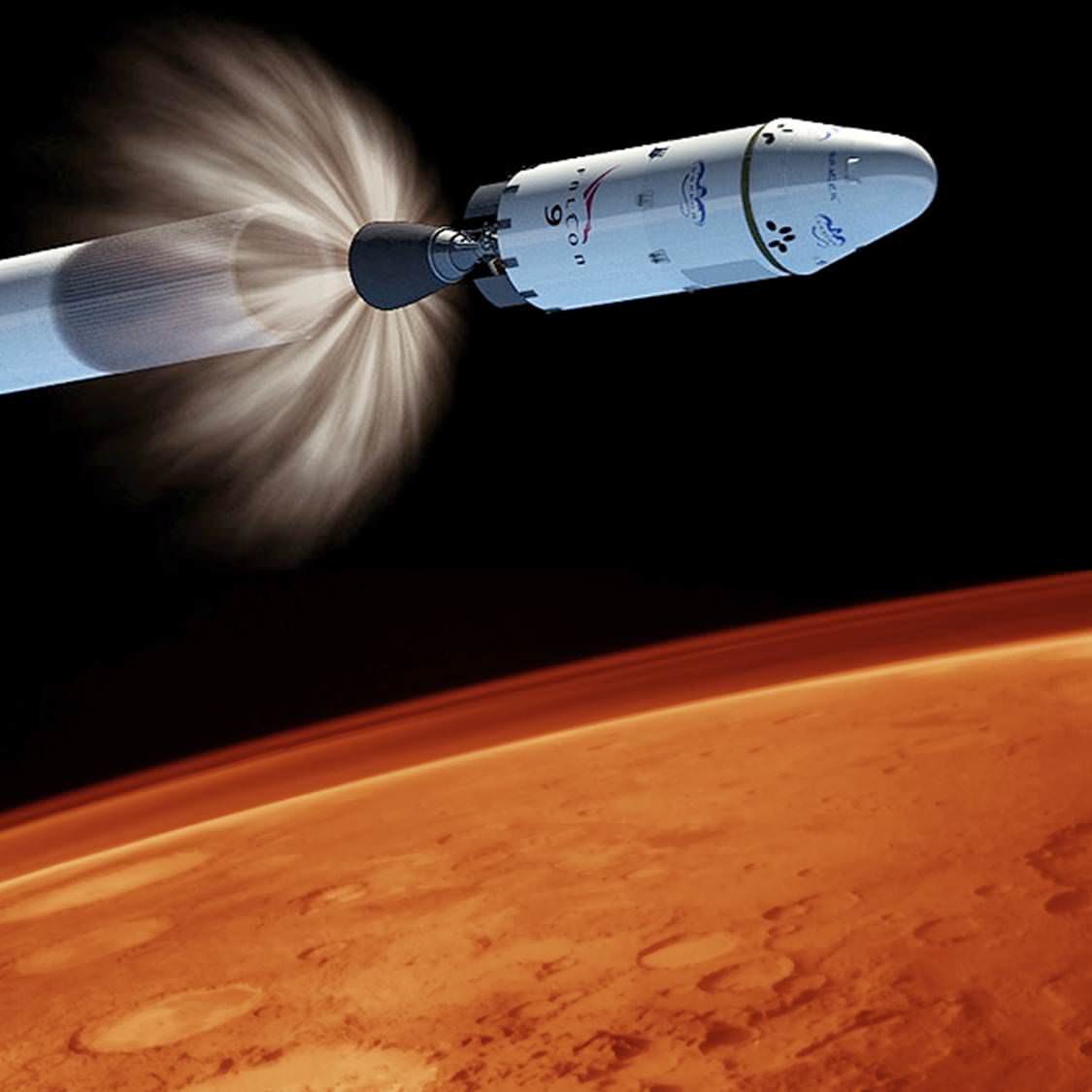[/caption]
For some fourteen years now
NASA
's Desert Research and Technology Studies (Desert RATS) team has been testing out the viability of many of NASA's vehicles, space suits, habitats and robotic systems in extreme environments. Like their durable name-sake, the
Desert RATS
have proven to be resilient and flexible, adapting to the changing NASA environment. When it was announced that
NASA
would move away from the
Constellation Program
and toward other objectives such as asteroids and possibly Mars – the Desert RATS picked up the challenge and modified their regimen to reflect this change.
Testing this year will take place from Aug. 31 until Sept. 15 and will shakedown many new design concepts. The former Electric Lunar Rovers, now dubbed
Space Exploration Vehicles
will be tested at the site requiring simulated astronauts to live in these vehicles for a week.
No Desert RATS expedition would be incomplete without some incredible robots to assist their human companions. There are the Tri-ATHLETEs (Terrain Hex-Legged Extra-Terrestrial Explorer) – these wheeled, spidery
creations
have six independent 'legs' each with a wheel at the base and can be fitted with different 'tops" for each mission. Robonaut 2, one of NASA's new robotic rock-stars, has been converted into a four-wheeled variant dubbed
Centaur
2 and will be tested this year. This variation could be a potential mode of transport for
NASA
.
However, this year's rotation is all about the "hab." The Habitat Demonstration Unit (
HDU
) Project is an inter-agency project consisting of NASA architects, scientists and engineers. These groups are working to develop living quarters, workspaces, and laboratories for future space missions, working under the "build a little – test a little" philosophy. This area will serve as a laboratory, a place for maintenance and a staging area in the event of a medical emergency.
[caption id="attachment_71699" align="aligncenter" width="580" caption="Robonaut-1 is seen here in its Centaur configuration. Photo Credit: NASA/Joe Bibby"]
[/caption]
"This allows us to have far greater flexibility," said Tracy Gill, NASA's Deputy Project Manager for the habitat element of this project. "These habitats are currently in the process of being developed further to make them even more adaptable."
NASA is working with the
National Space Grant Foundation
to develop an inflatable "loft" that will be attached to the HDU. This will mean that astronauts won't have to don a space suit to travel from their living quarters to where they work – they would simply have to go "upstairs." In an effort to promote science, technology, engineering and math (known as
STEM
) in college-age students, the
X-Hab Academic Innovation Competition
is working to sponsor development of these inflatable habitat concepts. The goal is for senior and graduate-level design students to design, manufacture, assemble, and test an inflatable loft that will be integrated on top of an existing NASA built hard shell prototype.
As with any year the
Desert RATS
test out new concepts, this year promises to display many futuristic ideas that one day may be used in the real world(s). This year is slightly different however, in that the elements being tested are designed to be readily adaptable toward whatever NASA will eventually be called to do. During the Apollo era, astronauts were trained by "the King" – Farouk El-Baz.
El-Baz
worked with the astronauts so that they would be intimately familiar with the lunar surface, that they had the training and tools to get the job done. These annual event – would make "the King" – proud.
 Universe Today
Universe Today
